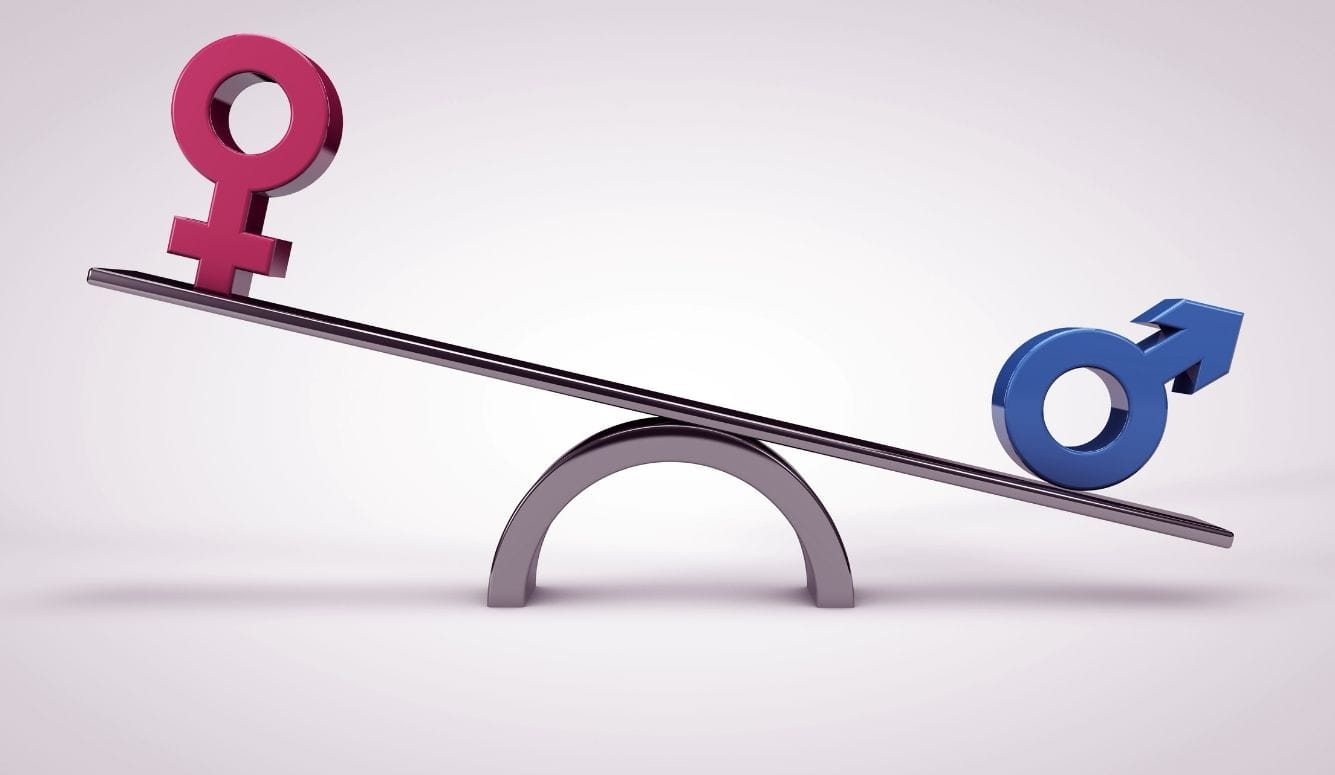Higher Education
Reverse Sexism in Australian Research
Grant applications should be assessed on their scientific merits—not on the sex or political leanings of the applicant.

In 2022, the National Health and Medical Research Council (NHMRC) of Australia implemented a new policy to improve “gender equity” in its grant-funding scheme. (Lawrence Krauss reported on this at the time for Quillette.) The policy was adopted following sustained pressure by gender equity advocates, who claimed that the previous grant funding processes systemically disadvantaged women.

In the lead-up to the policy change, the NHMRC considered a range of options for improving gender equity outcomes in its grants scheme, including increasing the number of “structural priority” grants awarded to women only, ensuring that men’s and women’s grant applications were equally likely to be successful, and awarding more grants to women at certain crucial career stages in order to “build a pipeline” of women in leadership roles. Ultimately, however, the council adopted one of the most radical proposals: mandating that the total number of grants awarded to women and men be the same—regardless of the number of applications received from each sex. Advocates celebrated this as a groundbreaking step in the fight for gender equity in academic research.
The following year, with the gender equity policy now in place, the success rates of male applicants remained relatively stable in Leadership Levels 2 & 3 (the most senior categories) compared to previous years, but collapsed in Level 1. These mid-career male researchers bore the brunt of the NHMRC’s commitment to gender equity—they were the broken eggs in the gender equity omelette.

The Leadership Level 1 (L1) are here. These are 10-15 years post-PhD or equivalent. A very disappointing year for L1 men, they received the lowest amount of funding. To be discussed later in this thread… 4/10 pic.twitter.com/bu2LetZIqD
— Prof Louise Purton (@purton_louise) December 19, 2023
Let’s be clear about what this policy entails: scientific projects that would otherwise have been funded on merit were rejected by the NHMRC solely on the basis that the applicants were male. Valuable scientific work was cast aside to balance a DEI spreadsheet.
As its name suggests, the NHMRC only funds research in health and medicine. The other major funding body for academic research is the Australian Research Council (ARC), which covers science, technology, engineering and mathematics (STEM) as well as the humanities, arts and social sciences (known here as HASS). After the NHMRC changed its policy, activists quickly turned their focus to the ARC. In response, ARC recently solicited feedback from activists and advocacy groups on a proposed “Policy Review of the National Competitive Grants Program,” which would place gender equity front and centre.
Alright so now the big question: will the @arc_gov_au follow suit with #DECRA, #FutureFellowship, #LaureateFellowship, the new Industry Fellowship equivalent schemes?@ARC_Tracker @ProfMJSimpson @purton_louise @GaetanBurgio https://t.co/aw29rPixKE
— Michael Milford FTSE 🤖🚘🐀🧠📘🗣️ (@maththrills) October 12, 2022
One of the most influential advocacy groups in this field is the organisation Science in Australia Gender Equity (SAGE). SAGE have submitted a paper recommending that ARC “link all research and grant funding to a commitment to gender EDI [equity, diversity, and inclusion].”
ARC’s grant allocation decisions have come under scrutiny by other gender equity advocates, too. In fact, news that, in any round of funding, more men have received grants than women in any given field is generally circulated widely by activists as evidence of bias against women. Of course, when it’s pointed out that grant applications by women may have an equivalent or marginally higher success rate, this usually goes unremarked upon. Such is the asymmetrical nature of contemporary online outrage.
Do peer-reviewed grants privilege women? @arc_gov_au results show women have higher success rate (19.2% vs 15.9%) on #DECRA (5 or less yrs since PhD) and #DiscoveryProjects (23.6% vs 22%). Men apply more and win more grants (110 vs 90 DECRA), but less likely to succeed. #highered pic.twitter.com/OsjEN7T1IK
— Peter Bentley (@DrPeterBentley) November 27, 2018
The activists are right that men do receive the majority of ARC research grants. This shouldn’t be unexpected, however. Grants that are not specifically allocated to early career researchers are more likely to be won by professors with the most established records of publication and previous grant funding success. There are more men than women at this professorial level—primarily because men tend to have fewer interruptions to their careers from childbirth and child-rearing. This ‘motherhood penalty’ explains the gap between the sexes far more than any kind of discrimination or systemic disadvantage. We know this because the success rates of male and female applicants have been broadly similar, which indicates that the process does not discriminate against either sex.
Despite the lack of evidence that there is a bias against women applicants, the push to implement sweeping reforms continues. Concerningly, there doesn’t appear to be any organised opposition to the radical changes that were implemented by the NHMRC and are now being considered by the ARC. One would think that such a direct assault on the idea of competitive, merit-based grant funding—and hence on the scientific process itself—would arouse concern at Australia’s universities, which are supposedly committed to research excellence. When the Australian government recently vetoed several ARC grants in the arts and humanities on the grounds that they were not in the national interests, academics were up in arms about the intrusion of politics into the grant funding process. However, when this far more extensive intrusion was implemented at the NHMRC, the silence was almost universal. To my knowledge, only two academics were willing to take a public stance against the decision: Anthony Jorm and Lawrence Krauss, both of whom voiced their opposition to the policy here in Quillette. It may be relevant that both these scientists are in or nearing retirement, so could not suffer meaningful career repercussions for their views on this.

Heterodox academics have come to understand that taking a public position against progressive orthodoxy is a dangerous game. If you develop a reputation as an ideological outsider, you may risk missing out on the funding opportunities that are the lifeblood of a successful academic career. Grant applications are not assessed blindly; reviewers and decision-makers are told who the applicants are. This is ostensibly so that they can assess the applicants’ track records and their ability to deliver on the research they are proposing. But it also means that researchers may be rejected for not toeing the correct ideological line. Perhaps that is why those who believe that grant applications should be assessed on their scientific merits—rather than on the politics of the applicants—often make their objections in the form of anonymous survey responses. No one wants to risk being tarred as a sexist.
If the ARC does decide to implement the same kind of policy as the NHMRC, the vast majority of competitive research grant funding in Australia will be marred by identity political considerations. Trust in the grant allocation process is likely to erode, as researchers speculate about whether applications were selected merely to meet gender equity quotas. Talented scientists may go elsewhere if they feel there is discrimination in the grant-funding process. More broadly, this will undermine public support for taxpayer-funded research in both the sciences and the arts and humanities. Trust in educational institutions is already deteriorating—this will only makes things worse.
A conversation with the author, Andrew Glover.






